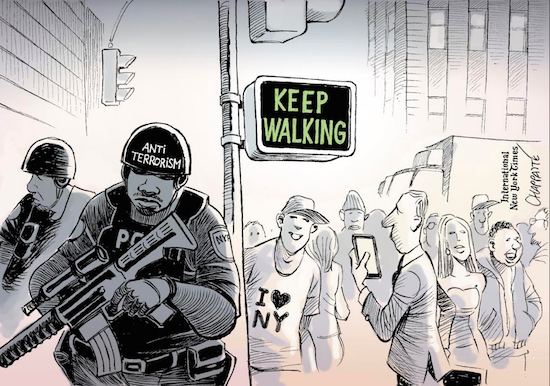OPINION: What foiled NYC attack says about lone-wolf bombers

When New York officials gathered outside the Port Authority in Manhattan on Monday to discuss the failed subway bombing a few hours earlier, they expressed a city’s collective sense of relief.
“It’s in many ways one of our worst nightmares,” said Gov. Andrew Cuomo. But the “counter reality,” he said, turned out better than initial expectations and fears. “This is New York and we all pitch together, and we are a savvy people and we keep our eyes open.”
On a packed subway system that serves more than 5.6 million riders, its cars and platforms teeming with shoulder-to-shoulder commuters every workday, many New Yorkers have long been aware of the havoc a single explosion could wreak.

Brooklyn Boro
View MoreNew York City’s most populous borough, Brooklyn, is home to nearly 2.6 million residents. If Brooklyn were an independent city it would be the fourth largest city in the United States. While Brooklyn has become the epitome of ‘cool and hip’ in recent years, for those that were born here, raised families here and improved communities over the years, Brooklyn has never been ‘uncool’.